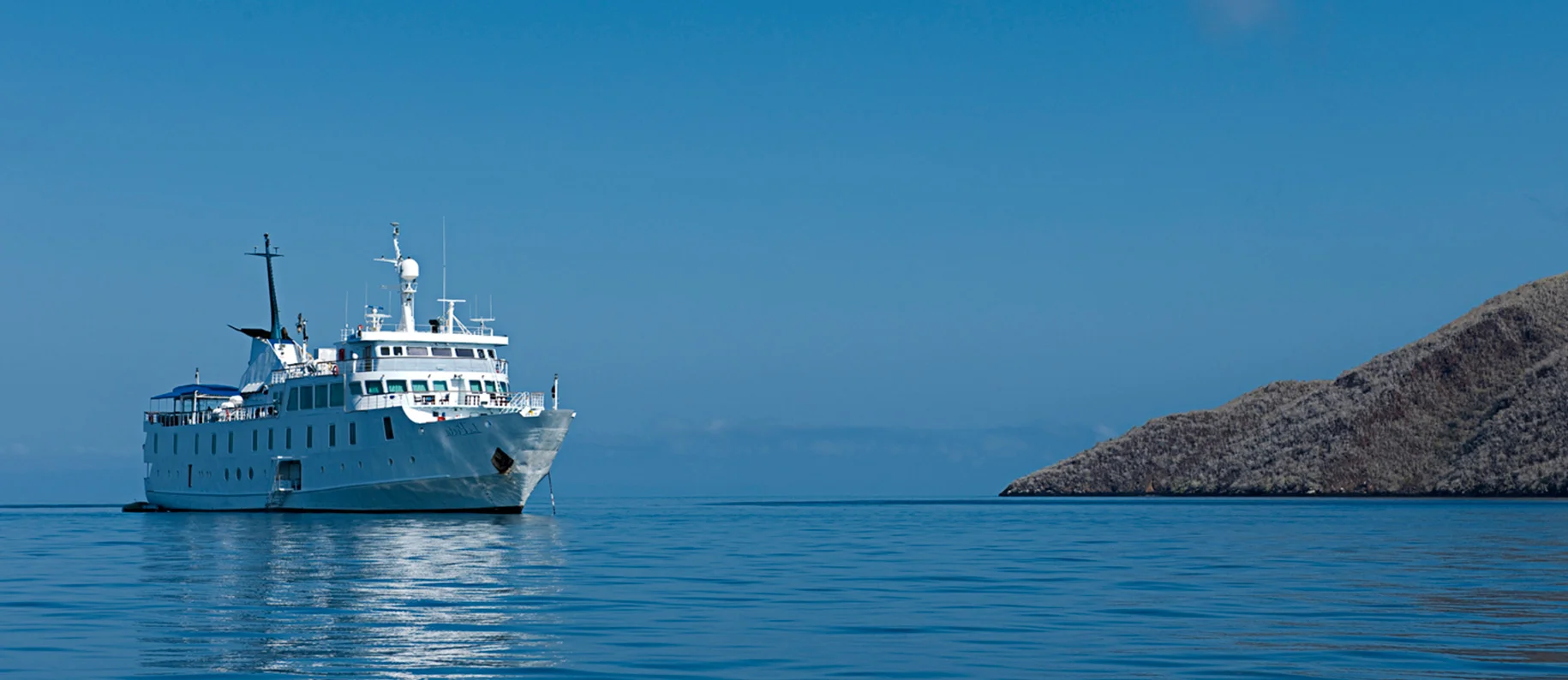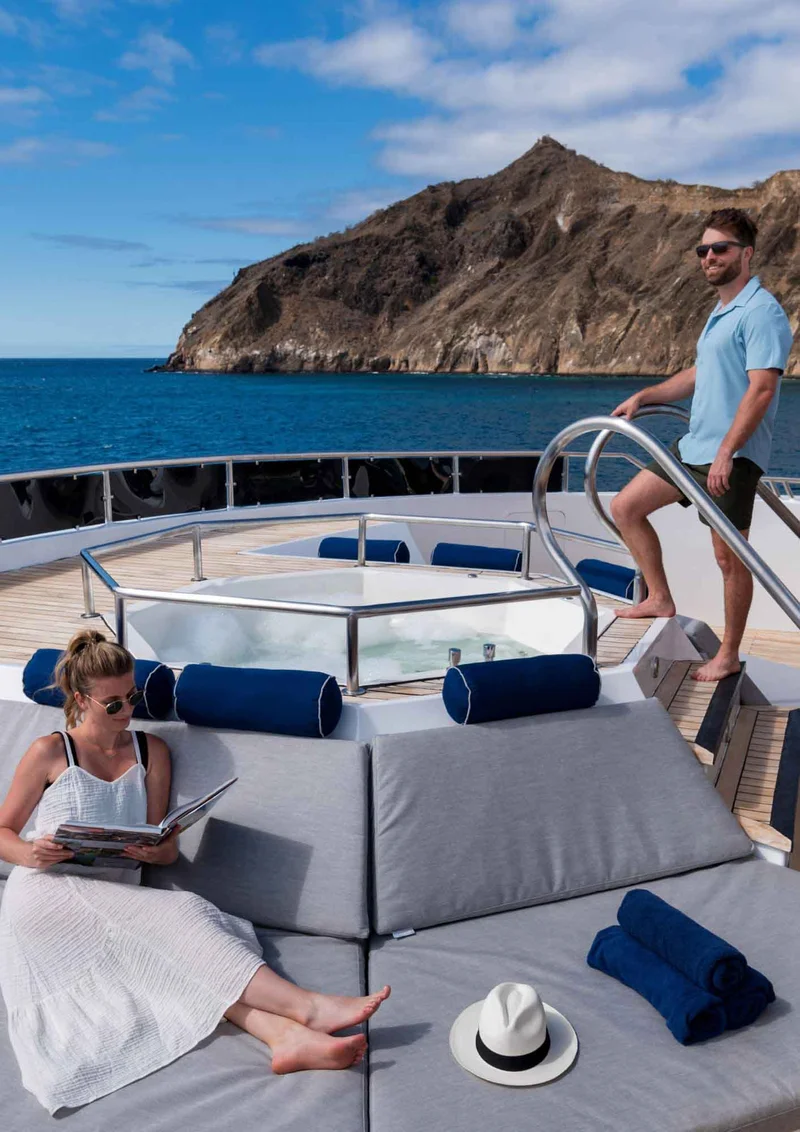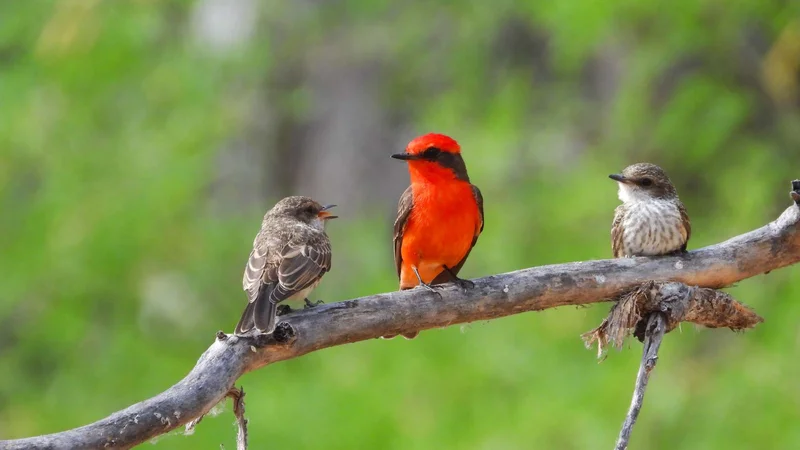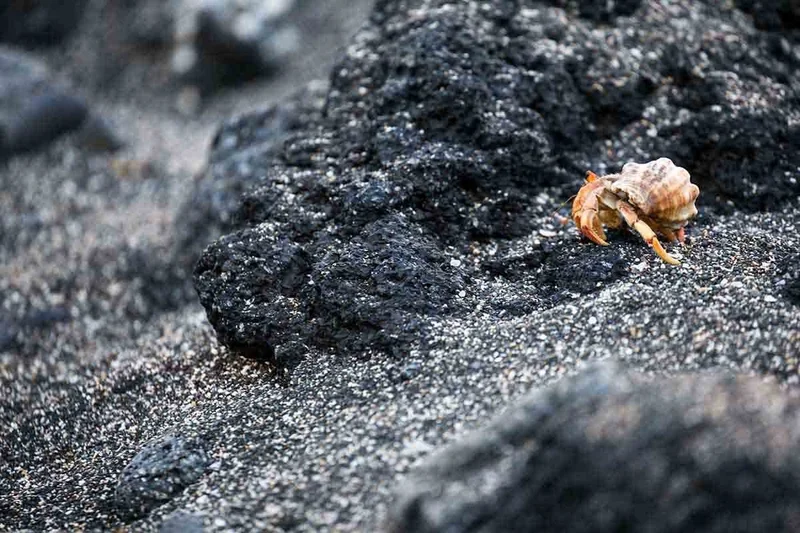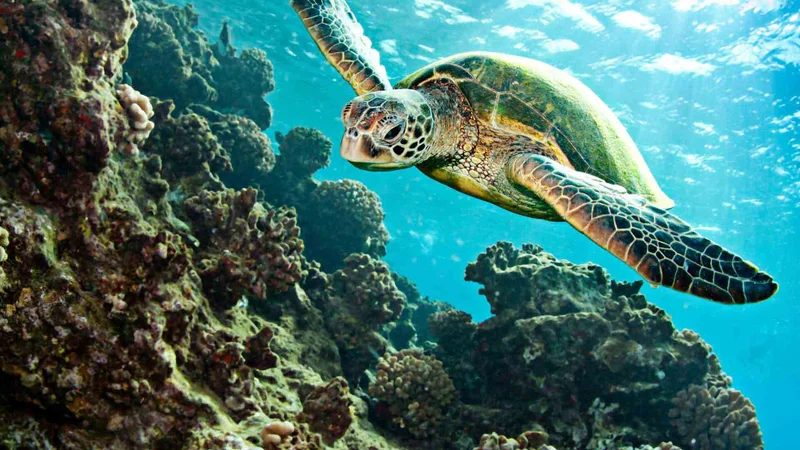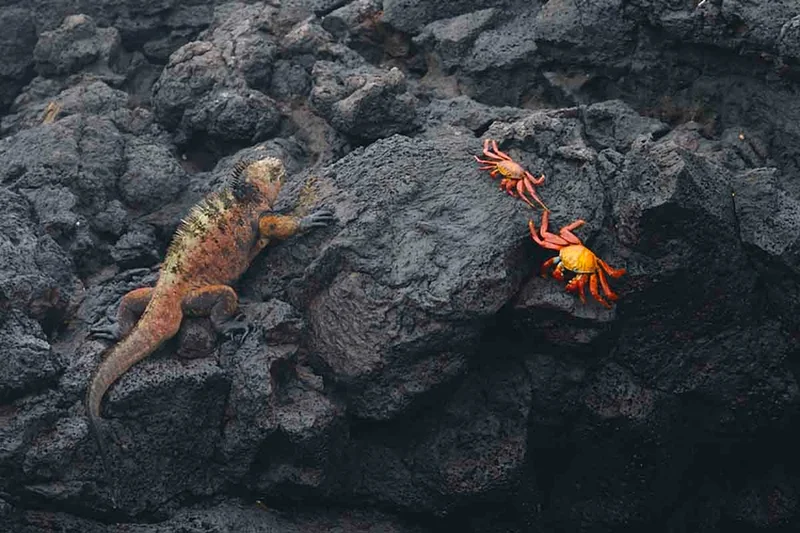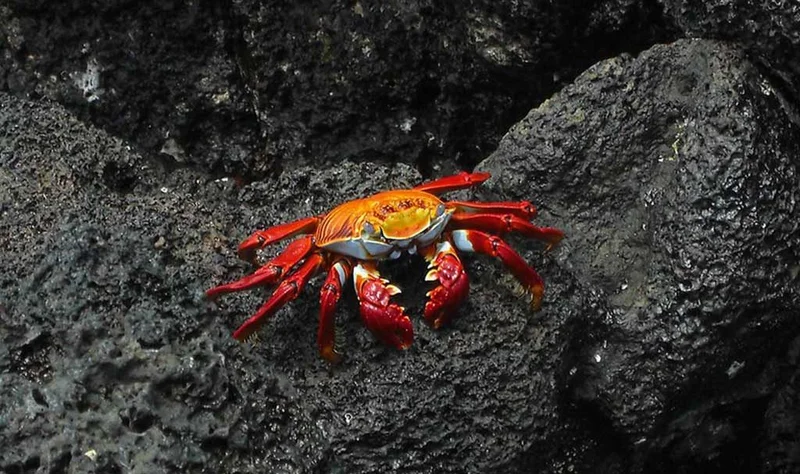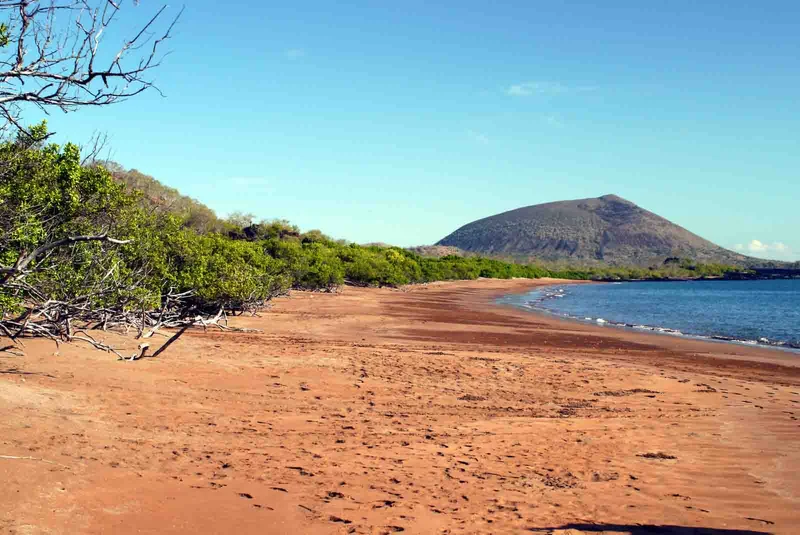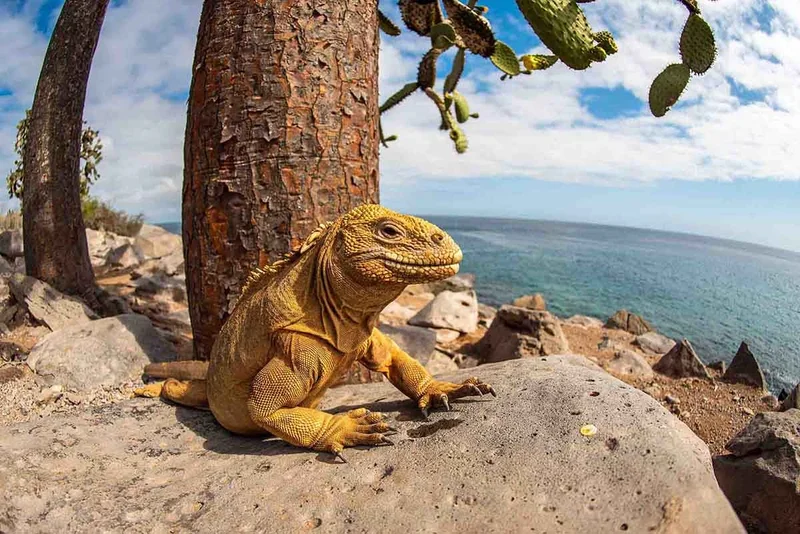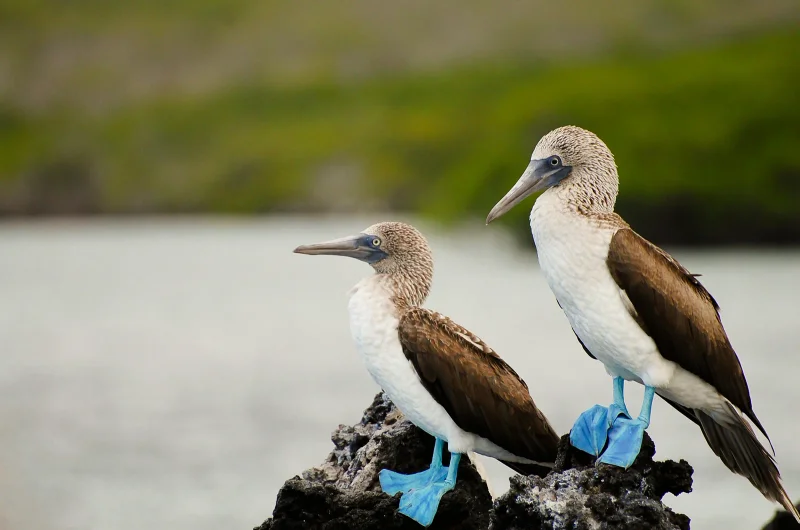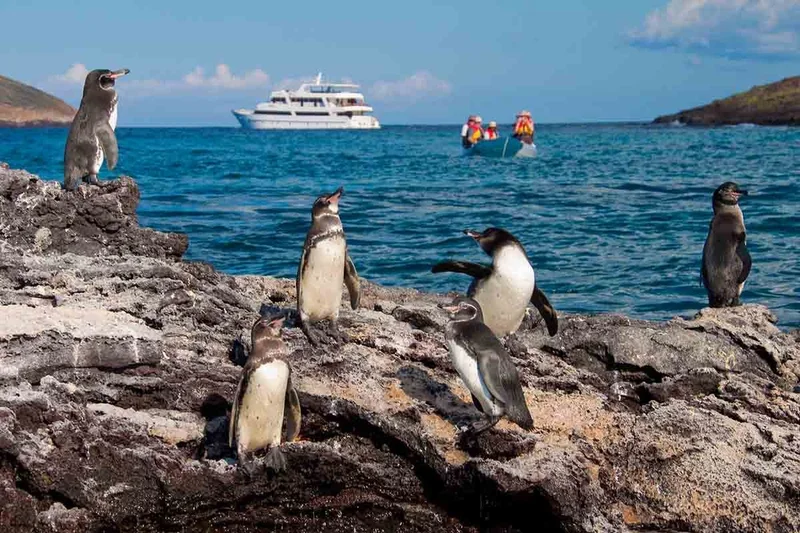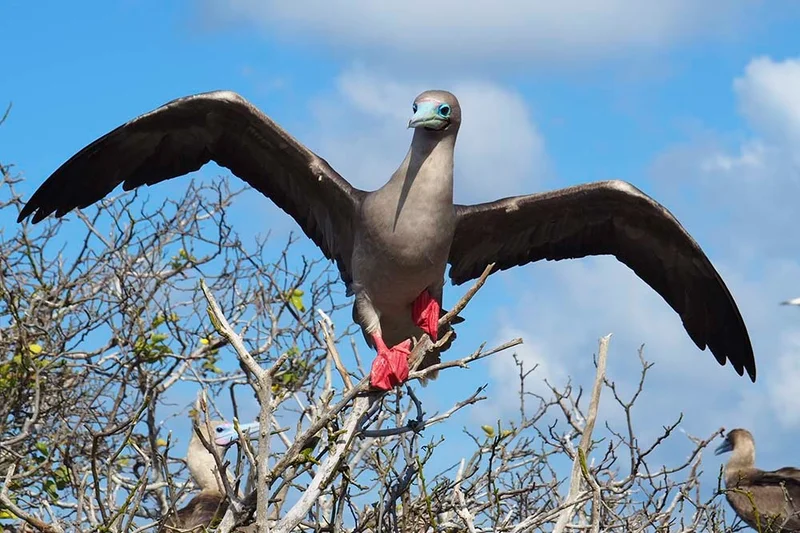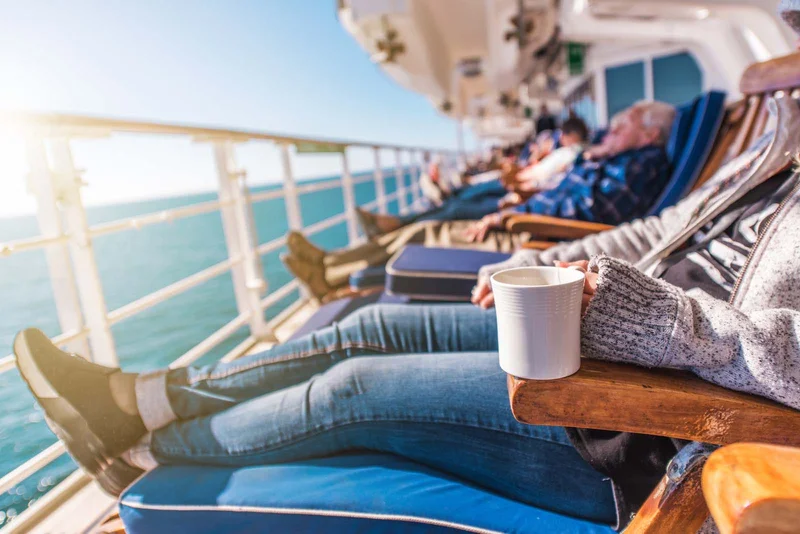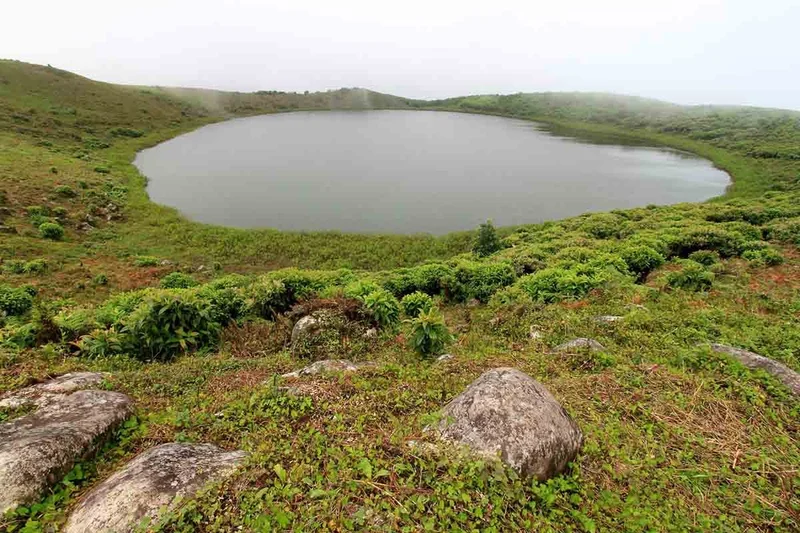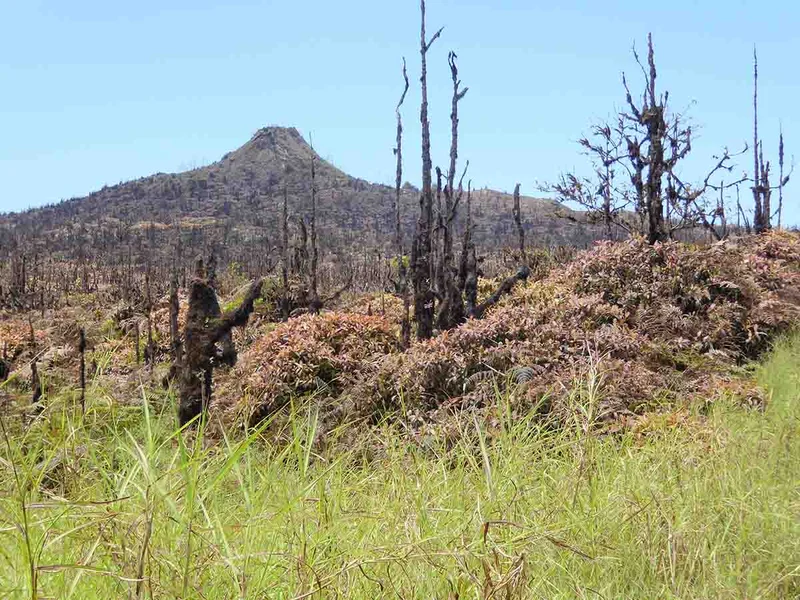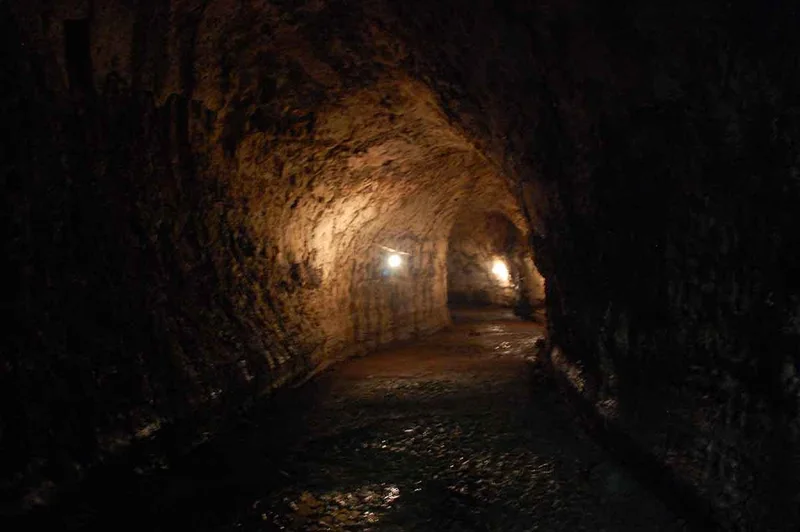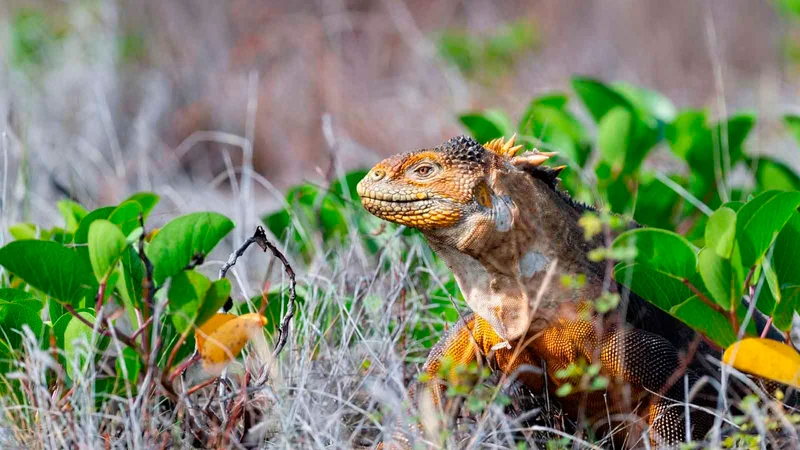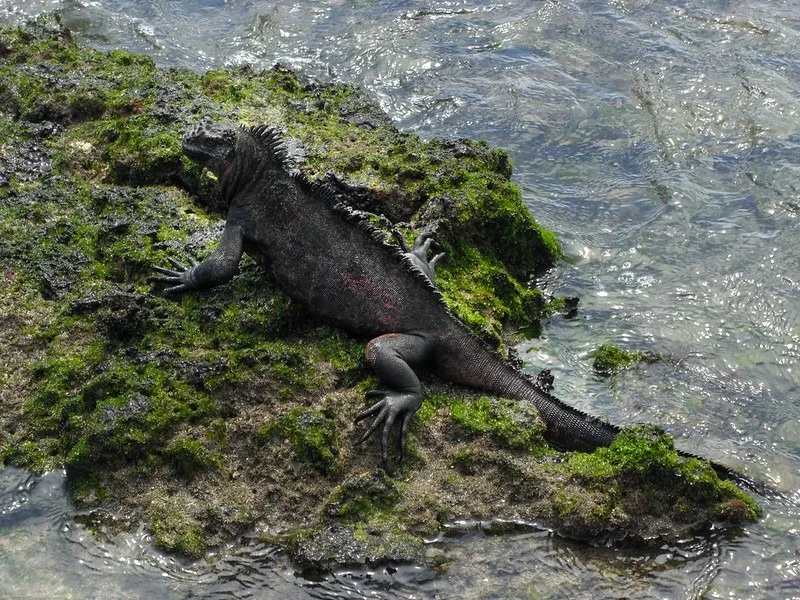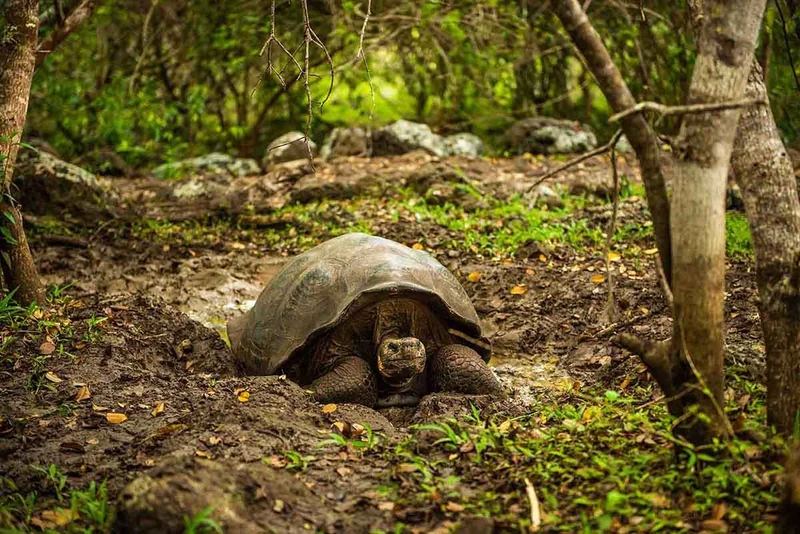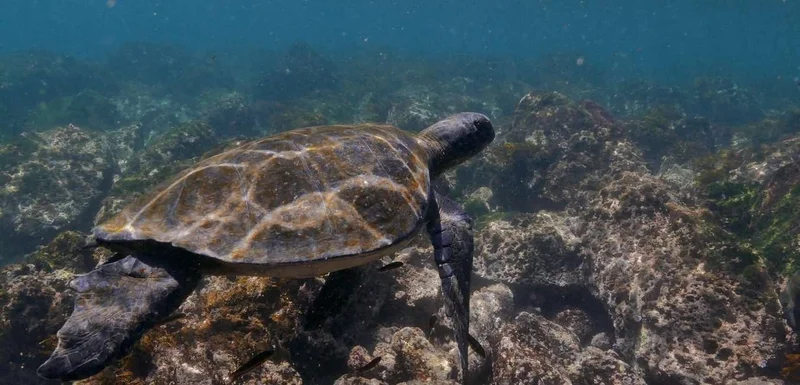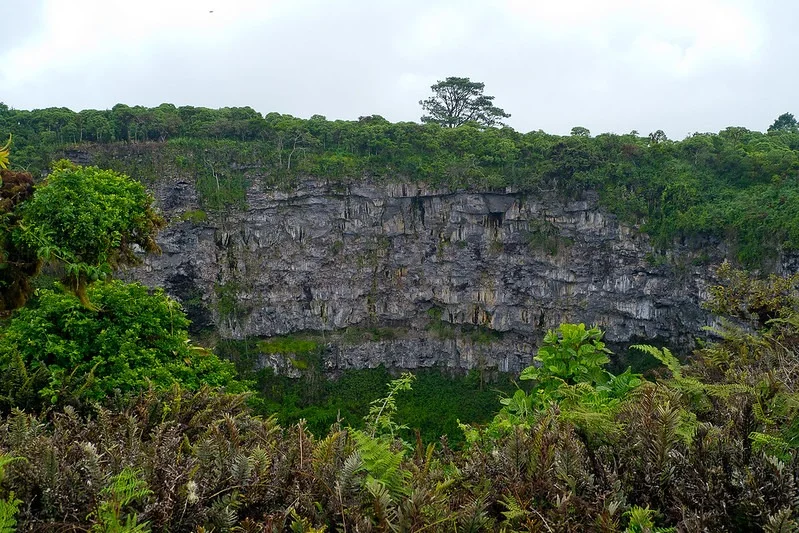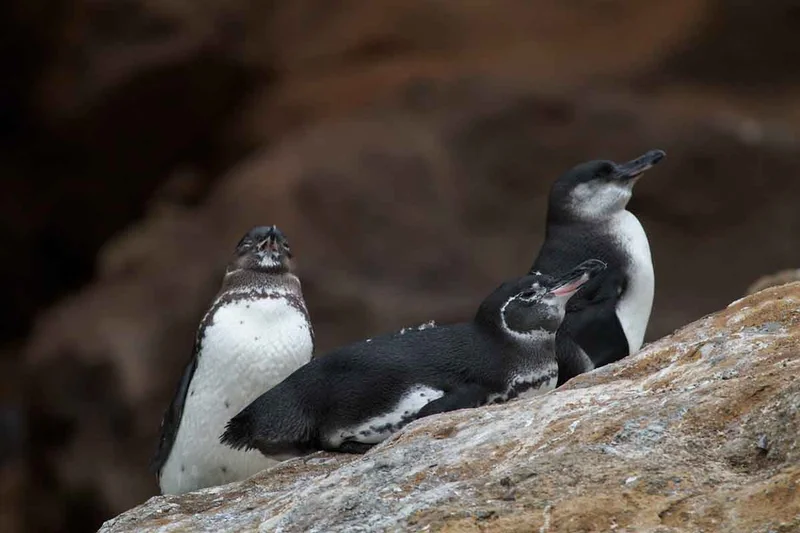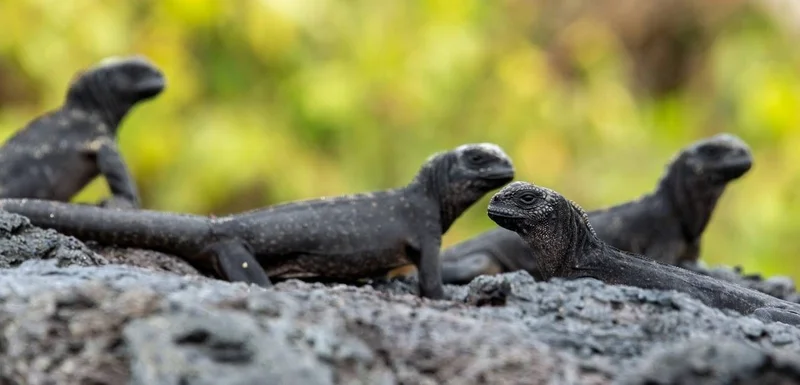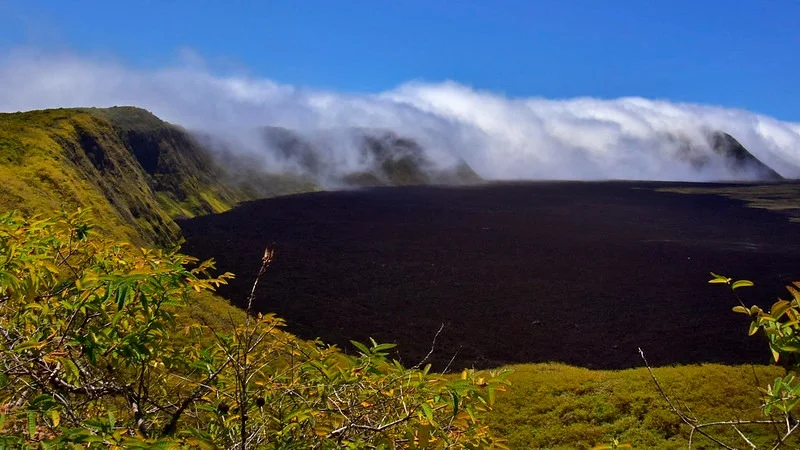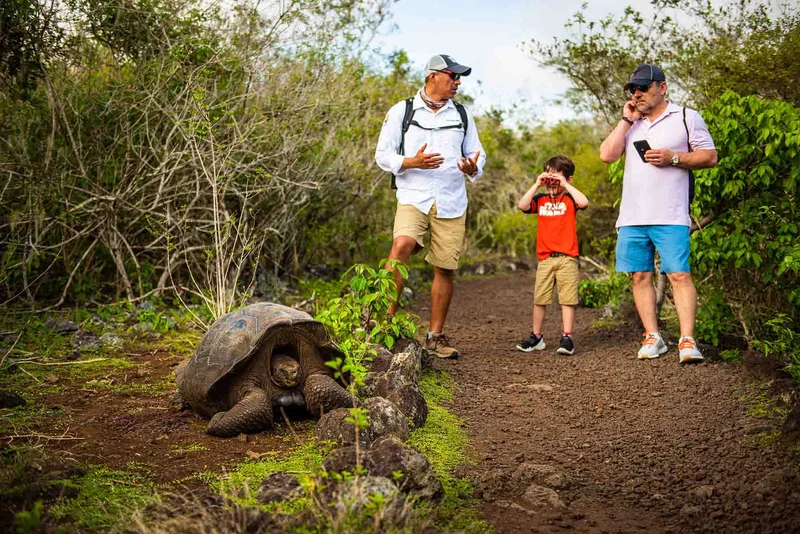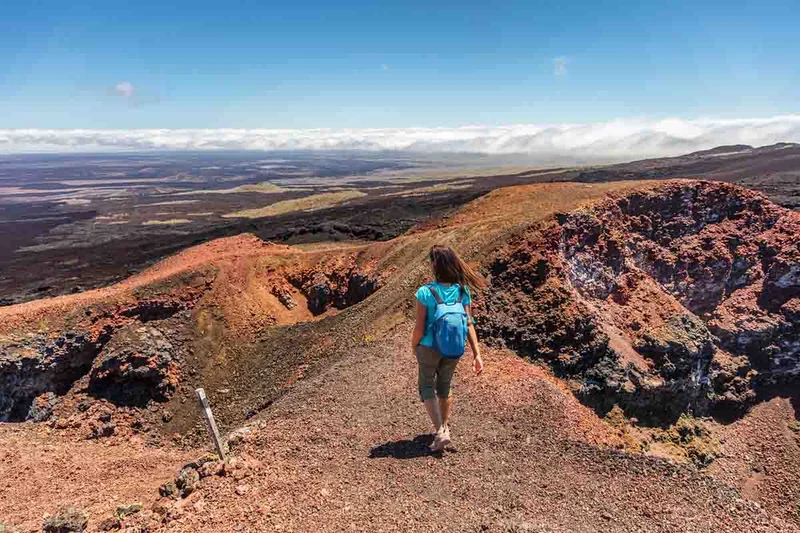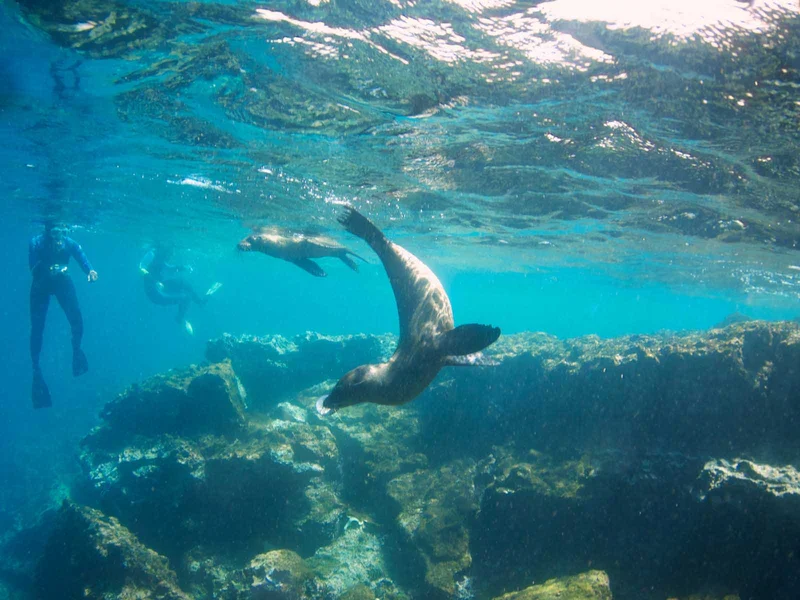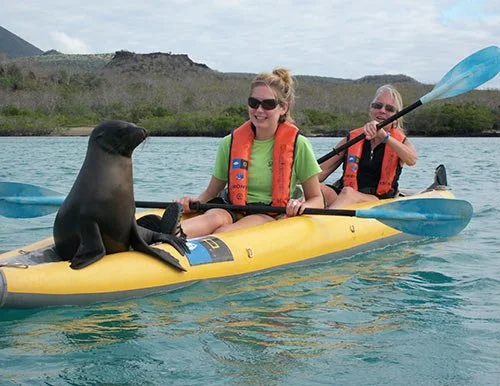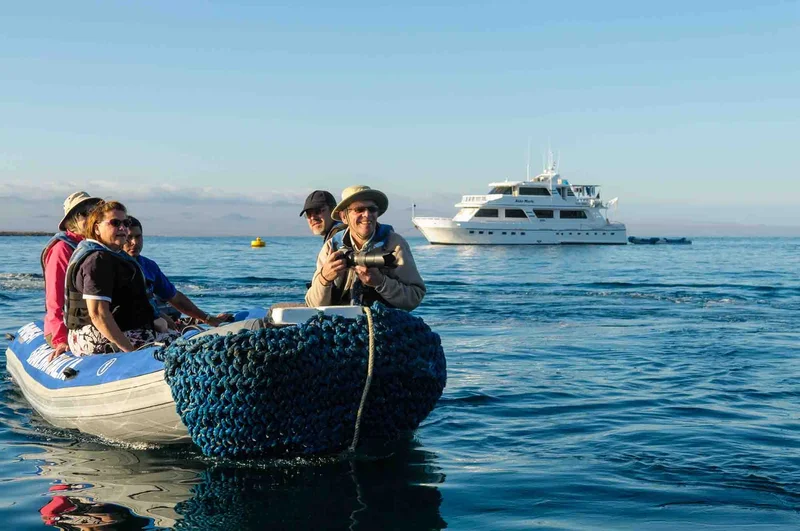Convinced? How to choose the right Galapagos liveaboard adventure
When booking a Galapagos cruise, you’ll first need to think about what type of vessel suits your needs. Do you want to have an intimate experience on a sailing catamaran or monohull sailboat? Or would you rather be on a spacious luxury yacht or small ship with fancy staterooms and fine dining?
If you’re worried about seasickness or are traveling with small children, you may enjoy a slightly larger expedition ship vessel.
Onboard an expedition ship or luxury catamaran you’ll usually have a larger cabin, sometimes with your own private balcony. Nowadays almost all cabins are usually en suite and are compact in their design so that they can maximize living space. However, even on the smallest of vessels, you’ll usually find a sun deck where you can stretch out and relax and watch wildlife, as well as a dining area and lounge.
All Galapagos yacht layouts remain fairly small. The National Park prohibits cruises with more than 100 guests on board. Most Galapagos yachts carry around 16 passengers.
Another factor to consider when booking the best Galapagos cruises ships is how much time you want to spend in the water. Do you want more hikes vs. snorkeling options? this will depend more on the itinerary than the boat itself.
What time of the year should you Plan to visit?
The great part about taking a Galapagos Island cruise is that any time of year works. With a location close to the equator, the islands have a mild and warm climate.
What you should consider when booking a Galapagos vacation is which animals, and behaviors, you want to see. Some species are migratory, which means they only call the archipelago home a few months out of the year. 90% of species are resident and found year round.
When it comes to weather, the warmer season from December to June is ideal for a relaxed enchanted isles smaller boat based trip, as you’ll have sunnier days, calmer seas and better underwater visibility.
The June to November season sees the islands transform from green, lush tropical lands to a more barren, desert-like climate.
As you can see, the best time of year to take a Galápagos trip is totally up to you. Check out our wildlife activity calendar for an in depth analysis.
We are confident you will have a life changing experience on a Galapagos liveaboard tour anytime of the year.
By now, your heart might be set on taking a multi-day cruise to see all the marvels of these islands that Darwin visited so many years ago.
There are so many options for you to make your booking. Reach out and we will help you find the right option!
How Long Should I Stay?
If you consider the time and cost it takes to get to the Galapagos Islands, it is best to plan a longer stay. we recommend you stay 5 days or more, day 1 - arrival day is a half day, the same happens with your last day - departure day, count your in between days as your full days. You do not have to spend all this time on a boat. We can help you combine liveaboard cruising with hotel stays, scuba outings and other activities in the islands.
